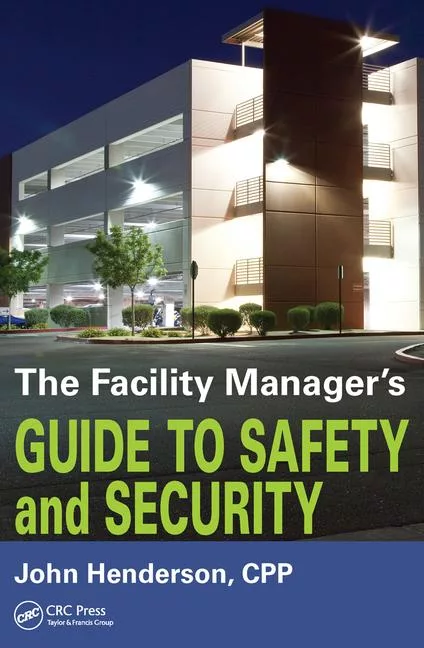Drug Use Among American Workers Declined 74% Over the Past 25 Years
Drug use among American workers declined dramatically over the past 25 years, although the rate of positive test results for certain drugs, including amphetamine and opiates, continues to climb, according to a landmark analysis of workplace drug test results by Quest Diagnostics.
The special 25th anniversary Drug Testing Index (DTI) coincides with the passage of the Drug-Free Workplace Act in 1988, which was a catalyst for greater awareness of the problem of workplace drug use and the implementation of workplace drug education and monitoring programs, including drug testing, by federal agencies and private employers in the United States.
“Today’s Quest Diagnostics Drug Testing Index provides the best evidence to date that the Drug-Free Workplace Act and the public and private initiatives it helped to spur have led to steep declines in drug use among much of the American workforce,” said Laura Shelton, executive director, Drug and Alcohol Testing Industry Association (DATIA). “While more needs to be done to reduce illicit drug use by workers, we should take heart from the tremendous progress employers have made to create safer workplaces for millions of Americans.”
The DTI analysis examined more than 125 million urine drug tests performed by Quest Diagnostics forensic toxicology laboratories across the United States as a service for government and private employers between 1988 and 2012. The analysis examined the annual positivity rate for employees in positions subject to certain federal safety regulations, such as truck drivers, train operators, airline and nuclear power plant workers (federally mandated safety-sensitive workers); workers primarily from private companies (U.S. general workforce); and the results of both groups together (combined U.S. workforce). The index reports the percentage of results that tested positive for the presence of a drug or its metabolite, an adulterant or that involved a specimen that was deemed to be unacceptable for testing (“positivity”). The company’s testing services identify approximately 20 commonly abused drugs, including marijuana, opiates and cocaine.
Key findings from the analysis:
- The positivity rate for the Combined U.S. Workforce declined 74%, from 13.6% in 1988 to 3.5% in 2012.
- The positivity rate for the Federally Mandated, Safety Sensitive Workforce declined by 38%, from 2.6% in 1992 to 1.6% in 2012.
- The positivity rate for the U.S. General Workforce declined by 60%, from 10.3% in 1992 to 4.1% in 2012.
Despite the declines in overall drug use, the DTI analysis also found that the positivity rate for certain segments of drugs has increased.
- Positivity rates for amphetamines, including amphetamine and methamphetamine, has nearly tripled (196% higher) in the combined U.S. workforce and, in 2012, were at the highest level since 1997. The positivity rate for amphetamine itself, including prescription medications such as Adderall®, has more than doubled in the last 10 years.
- Positivity rates for prescription opiates, which include the drugs hydrocodone, hydromorphone, oxycodone and oxymorphone, have also increased steadily over the last decade – more than doubling for hydrocodone and hydromorphone and up 71% for oxycodone – reflective of national prescribing trends.
These data are consistent with other studies, including a 2012 Quest Diagnostics Health Trends analysis of more than 75,000 test results from patients tested for compliance through the company’s prescription drug monitoring services. This report found that the majority of Americans misused their prescription medications, including opioids and amphetamine medications.
The DTI report also found that changing positivity rates often mirrored larger developments in drug use in the U.S. For instance, a decline in drug positives for methamphetamine observed in 2005 roughly coincided with federal and state efforts to crackdown on so-called “meth labs” and put over-the-counter medicines – such as ephedrine and pseudoephedrine – behind the pharmacy counter.
“While this ‘Silver Anniversary’ Drug Testing Index underscores the nation’s progress in reducing the prevalence of drug use in our country’s work environments, there is a danger in becoming complacent in response to this good news,” said Dr. Barry Sample, director of science and technology for Quest Diagnostics Employer Solutions, a business of Quest Diagnostics. “Our data shows that an increasing number of workers are testing positive for certain prescription drugs, such as opiates and stimulants, reflecting the increased use, and potentially abuse, of prescription medications in the U.S. We also know from other research that the steep declines in our data’s overall drug positivity rates would likely not be observed in workplaces that do not have workplace drug testing programs.”
“Some industries such as the restaurant industry have adopted an attitude that drug use in their industry is something they cannot control. The fact remains that drugs in the workforce contribute to industrial and other accidents, not to mention employer costs and liability,” said Mary Brown-Ybos, director of compliance for DISA Global Solutions, Inc., and president of Substance Abuse Program Administrators Association (SAPAA). “The Drug-Free Workplace Act was an important step in fostering safer workplaces, but we have more work ahead of us to foster truly drug-free work environments.”
The Drug-Free Workplace Act of 1988 requires federal contractors and all federal grantees to agree to provide drug-free workplaces as a precondition of receiving a contract or grant from a federal agency. Although the Act did not mandate mandatory drug testing, federal agencies subsequently promulgated drug testing regulations affecting “safety-sensitive” employees and other federal employees. Many private employers also created policies consistent with the federal requirements in order to minimize the hazards of drug use in the workplace.
“The Drug Testing Index is more than an established barometer of workplace drug use trends. Quest’s DTI demonstrates the power of diagnostic insights to reveal opportunities to create a healthier and safer world,” said Harvey Kaufman, MD, senior medical director, Quest Diagnostics. “Our goal for this seminal DTI report is to reveal both the huge progress made to date to deter the use of drugs by workers, but also to show that vigilance is required by employers seeking to create safe, healthy environments for their employees.”
The strengths of the DTI analysis include its unprecedented sample size, the longitudinal nature of the monitoring, a testing population that is generally reflective of the U.S. workforce, and the quality of the company’s drug testing services to confirm positive results. Limitations include the selection of the testing population, which is reflective only of results from employers that perform drug testing, and a lack of exact cross-specimen comparisons due to variations in substances for which employers test. DTI reports involve analysis of de-identified results from urine, oral fluid and hair drug tests.
Looking for a reprint of this article?
From high-res PDFs to custom plaques, order your copy today!




.webp?height=200&t=1692281098&width=200)

